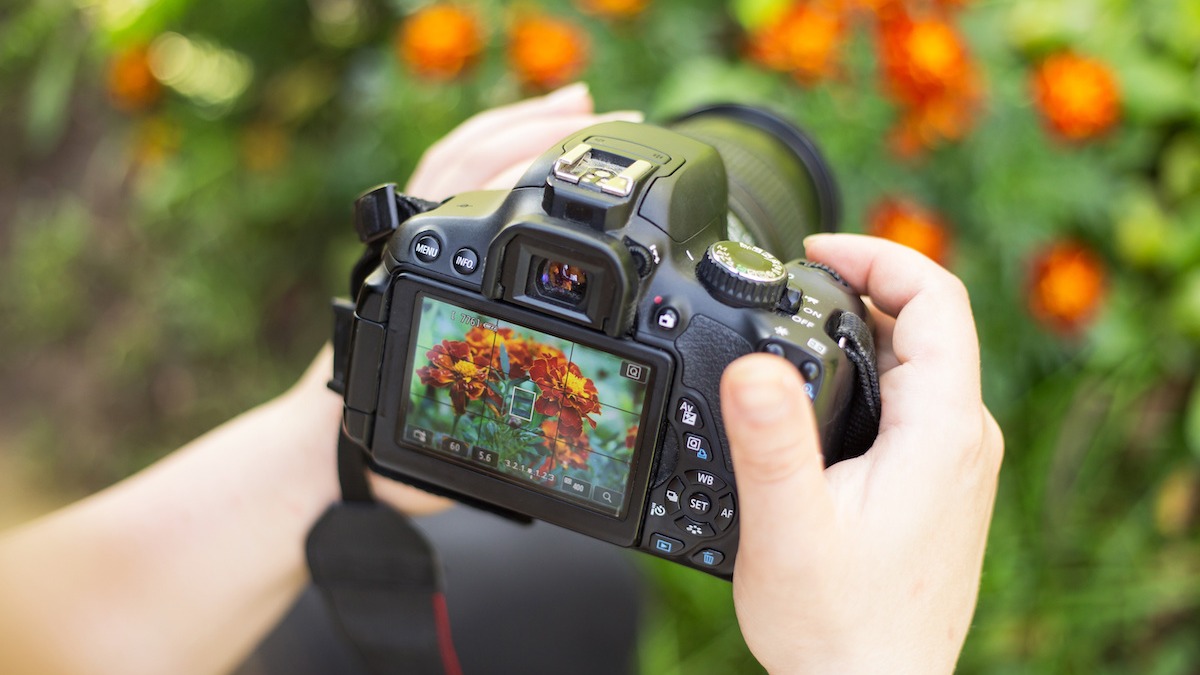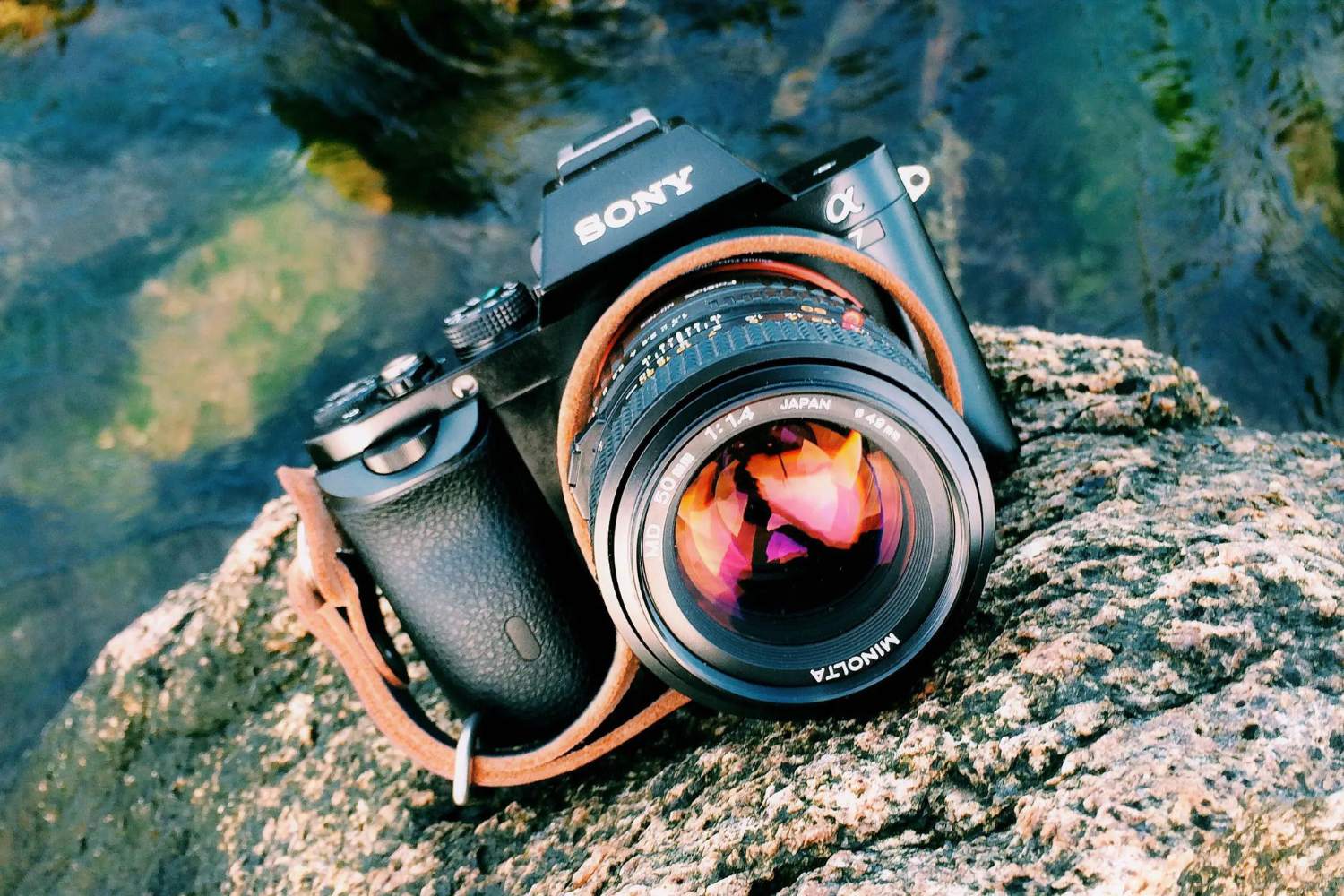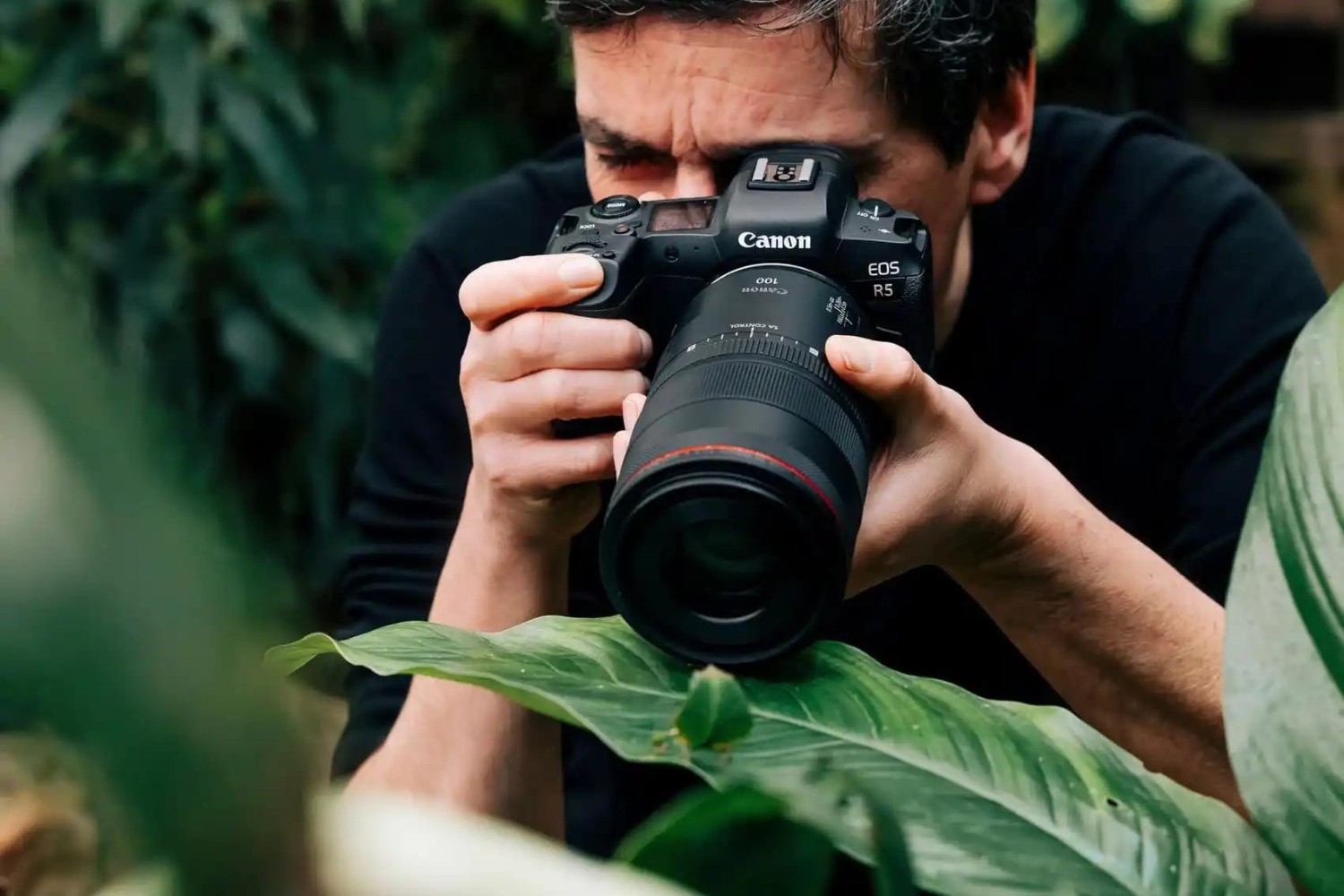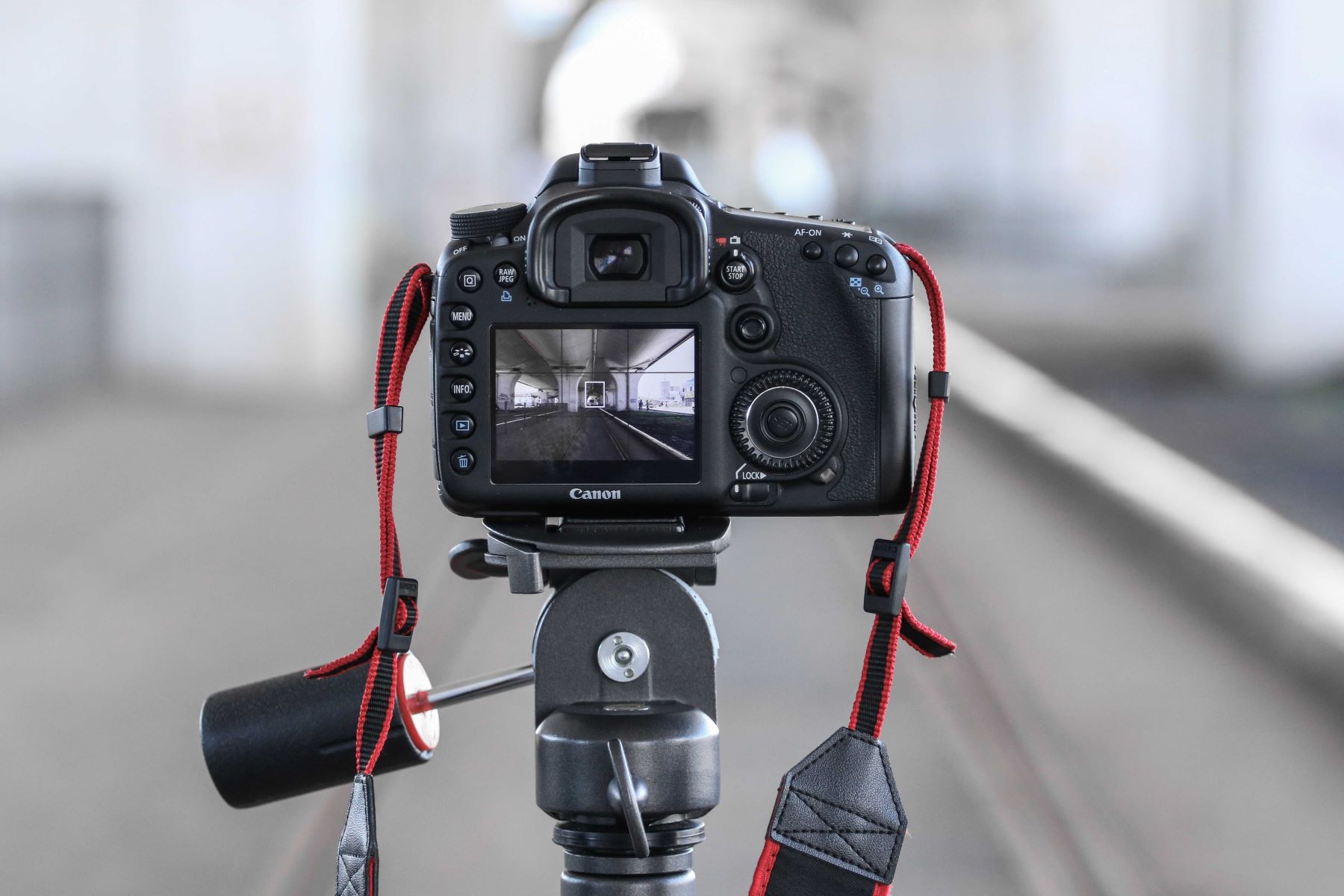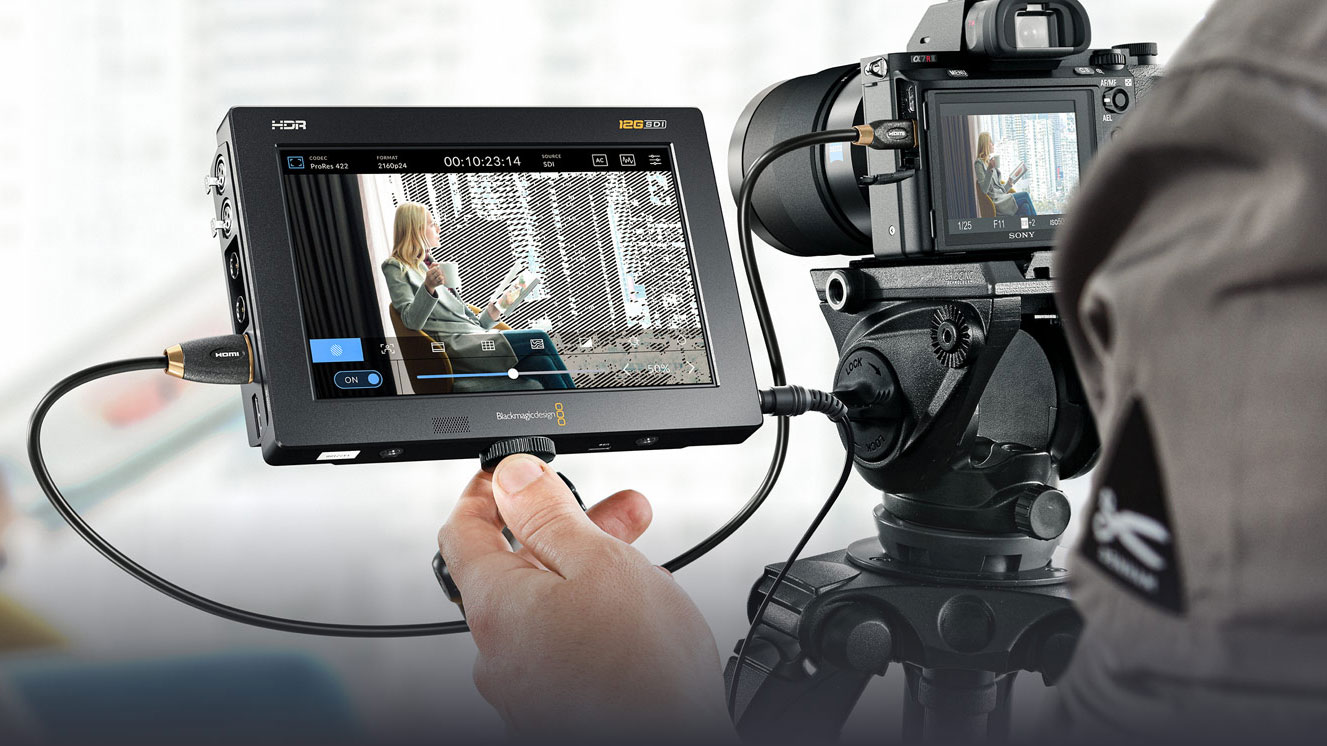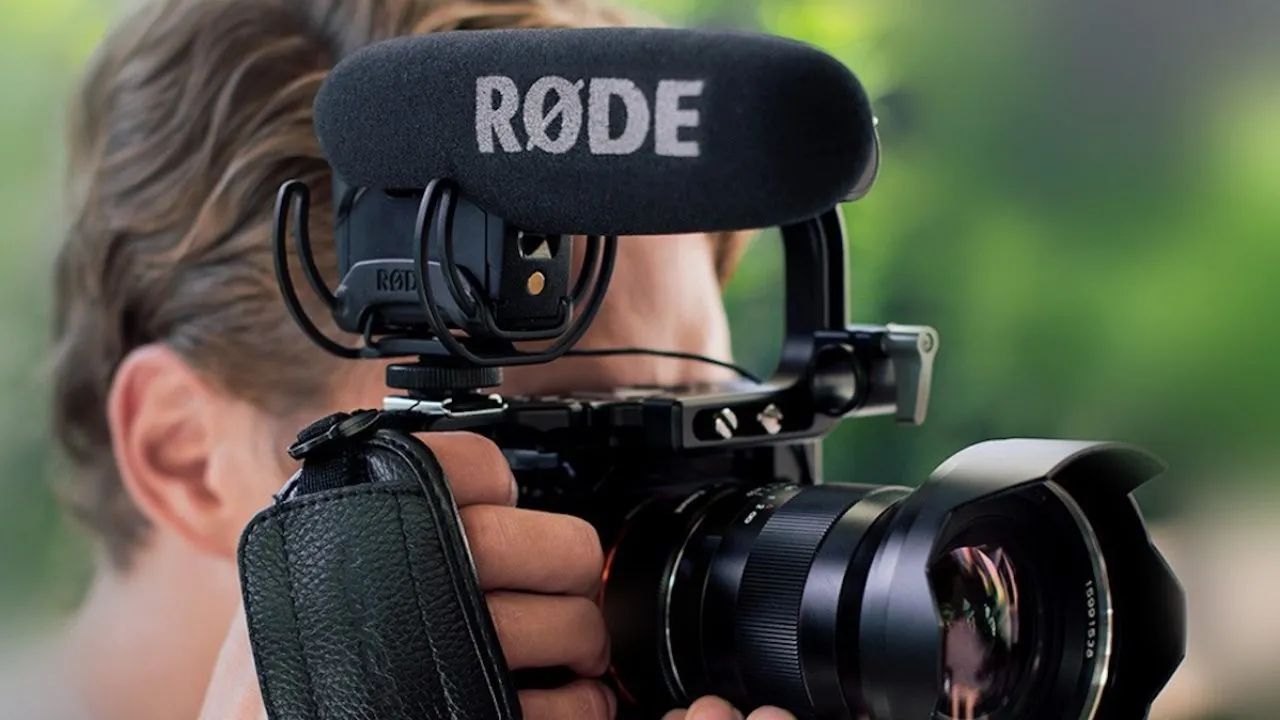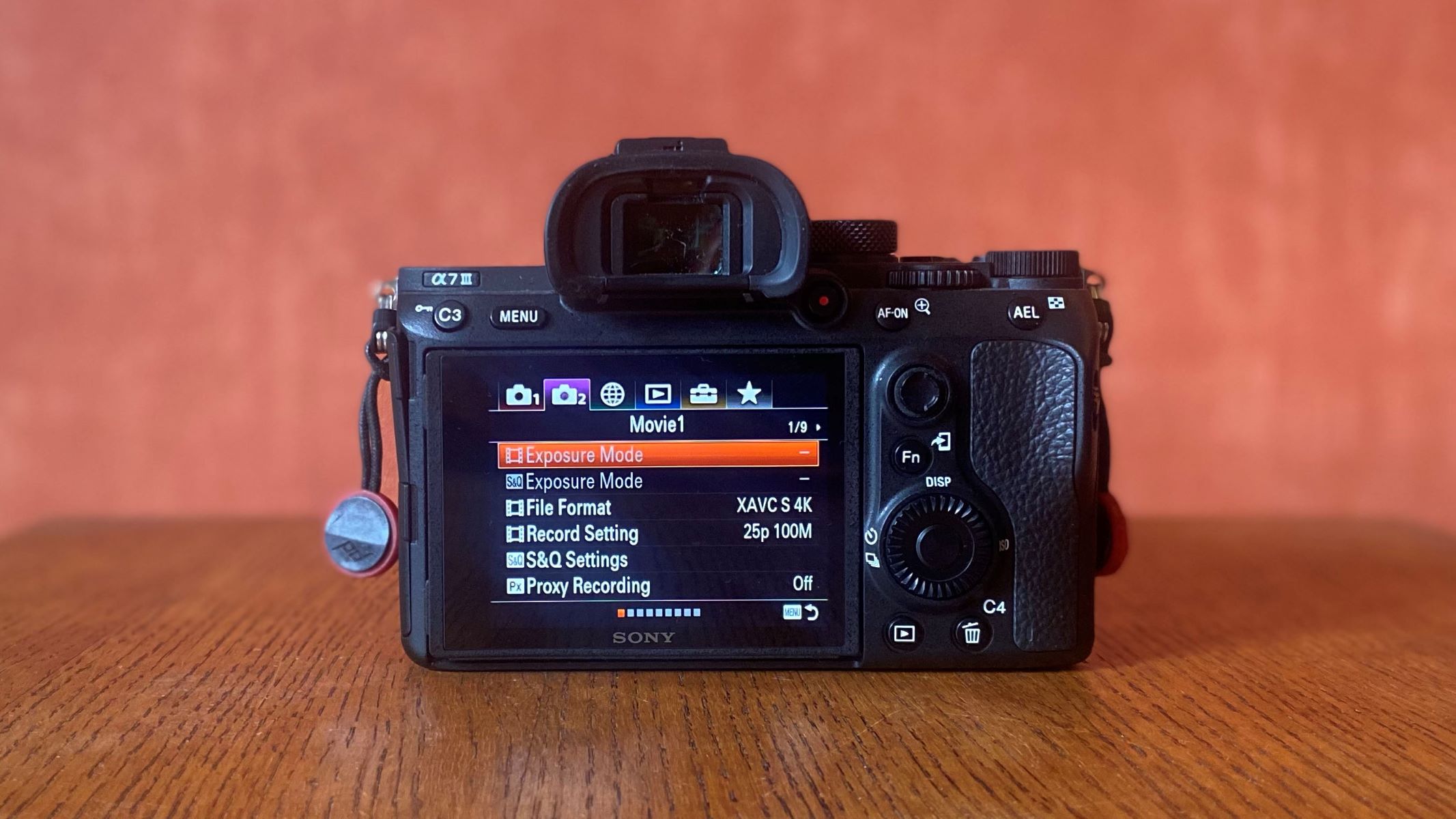Understanding DSLR Camera Focus Modes
Understanding the focus modes of a DSLR camera is crucial for capturing sharp and compelling images. DSLR cameras offer various focus modes, each designed to accommodate different shooting scenarios. These focus modes include Single Point Focus, Continuous Focus, and Manual Focus.
Single Point Focus
In Single Point Focus mode, the photographer selects a specific focus point within the frame. This mode is ideal for stationary subjects, allowing precise control over the area of focus. By choosing a single focus point, photographers can ensure that the most important element of the composition is tack-sharp, resulting in visually striking images with a clear subject.
Continuous Focus
Continuous Focus, also known as AI Servo (Canon) or AF-C (Nikon), is designed for capturing moving subjects. This mode continuously adjusts the focus to track the subject as it moves within the frame. Continuous Focus is invaluable for photographing dynamic scenes such as sports, wildlife, or any situation where the subject is in motion. It enables photographers to maintain focus on the moving subject, ensuring that it remains sharp throughout the sequence of shots.
Manual Focus
Manual Focus mode provides complete control to the photographer, allowing them to manually adjust the focus ring on the lens. While this mode requires precision and practice, it offers unparalleled flexibility, especially in challenging lighting conditions or when the subject lacks contrast. Manual Focus is a valuable tool for photographers who seek full control over the focus and depth of field, enabling them to fine-tune the focus to achieve their desired creative vision.
Understanding and mastering these focus modes empowers photographers to adapt to diverse shooting situations, resulting in images that are sharp, well-composed, and visually engaging. By leveraging the appropriate focus mode, photographers can elevate the quality of their photography and effectively convey their artistic vision.
Using Single Point Focus for Precision
Single Point Focus mode is a powerful tool for achieving precise focus on a specific area within the frame. When using this mode, the photographer has the flexibility to select a single autofocus point, allowing for meticulous control over the point of focus. This level of precision is invaluable in various photographic scenarios, particularly when capturing stationary subjects or scenes with a clear focal point.
When composing a shot using Single Point Focus, photographers can strategically position the focus point over the most critical element of the scene, ensuring that it receives the sharpest focus. This deliberate approach enables photographers to direct the viewer’s attention to the intended subject, resulting in compelling and visually impactful images.
Single Point Focus mode is particularly advantageous in portrait photography, where the eyes of the subject often serve as the primary point of focus. By selecting a single autofocus point and placing it directly over the subject’s eye, photographers can achieve a captivating and intimate portrayal, with the eyes rendered in sharp detail, drawing the viewer into the image.
Furthermore, in landscape photography, Single Point Focus allows photographers to pinpoint specific elements within the scene, such as a prominent rock formation or a distant mountain peak, ensuring that these key features are rendered with exceptional clarity. This methodical approach contributes to the creation of breathtaking landscape images with a remarkable sense of depth and detail.
By harnessing the precision of Single Point Focus, photographers can elevate the quality of their work, ensuring that their images are characterized by razor-sharp focus and compelling visual impact. This mode empowers photographers to exercise meticulous control over the composition, resulting in images that resonate with clarity and artistic intention.
Utilizing Continuous Focus for Moving Subjects
Continuous Focus mode, also known as AI Servo (Canon) or AF-C (Nikon), is an essential feature for capturing sharp and compelling images of moving subjects. Whether photographing sports events, wildlife in motion, or any dynamic scene, Continuous Focus mode enables photographers to maintain sharp focus on the subject as it moves within the frame.
When utilizing Continuous Focus mode, the camera continuously adjusts the focus to track the subject’s movement, ensuring that it remains sharp and well-defined throughout the shooting sequence. This capability is invaluable for freezing the action and preserving the vitality and energy of the subject, resulting in impactful and visually engaging images.
Photographers can leverage Continuous Focus mode to capture the decisive moments of fast-paced events, such as a sprinter crossing the finish line or a soaring bird in flight. The continuous autofocus tracking enables photographers to confidently pursue dynamic compositions, secure in the knowledge that the subject will remain in sharp focus, regardless of its movement within the frame.
Furthermore, in wildlife photography, Continuous Focus mode empowers photographers to track and photograph animals in motion, preserving the natural behavior and vitality of the subjects. Whether capturing a running cheetah on the savannah or a bird in flight, Continuous Focus mode ensures that the subject’s movement is impeccably rendered, resulting in captivating and immersive wildlife imagery.
By mastering the use of Continuous Focus mode, photographers can expand their creative possibilities, confidently pursuing dynamic subjects and action-packed scenes with the assurance that their images will convey a sense of immediacy and impact. This mode equips photographers to embrace the excitement and energy of moving subjects, resulting in compelling and visually arresting photography.
Mastering Manual Focus for Complete Control
Manual Focus mode provides photographers with unparalleled control over the focus and depth of field, offering a versatile and precise approach to achieving sharp and compelling images. While autofocus modes excel in many shooting scenarios, mastering manual focus is essential for photographers seeking complete creative control and the ability to overcome challenging focusing conditions.
When utilizing Manual Focus mode, photographers have the freedom to manually adjust the focus ring on the lens, allowing for precise fine-tuning of the focal point. This hands-on approach is particularly advantageous in situations where autofocus systems may struggle, such as low-light environments, scenes with minimal contrast, or when photographing subjects through obstacles like foliage or wire fences.
Manual Focus mode also empowers photographers to exercise artistic interpretation, enabling them to selectively emphasize specific elements within the frame. By skillfully manipulating the focus, photographers can guide the viewer’s attention, create captivating visual narratives, and convey a sense of depth and dimension within their images.
Moreover, in macro photography, where achieving critical focus on minute details is paramount, Manual Focus mode offers the precision required to capture intricate subjects with exceptional clarity and detail. By delicately adjusting the focus, photographers can showcase the intricate textures and fine details of small-scale subjects, resulting in visually stunning and immersive imagery.
Additionally, Manual Focus mode is indispensable for astrophotography, allowing photographers to precisely focus on distant celestial objects and capture the awe-inspiring beauty of the night sky. By skillfully adjusting the focus to achieve pinpoint sharpness on stars, planets, or celestial phenomena, photographers can create breathtaking astronomical images that inspire wonder and fascination.
By mastering the art of manual focus, photographers can expand their creative horizons, effectively navigate challenging shooting conditions, and imbue their images with a sense of artistry and technical mastery. This mode empowers photographers to transcend the limitations of autofocus systems, resulting in images characterized by precision, intention, and visual impact.
Tips for Achieving Sharp Focus in Different Situations
Obtaining sharp focus is essential for creating compelling and visually striking images in various shooting scenarios. Whether capturing portraits, landscapes, action shots, or intricate details, employing the following tips can help photographers achieve precise focus and elevate the quality of their photography.
1. Selecting the Right Focus Mode
Understanding the optimal focus mode for each situation is crucial. Utilize Single Point Focus for stationary subjects, Continuous Focus for moving subjects, and Manual Focus for complete control and flexibility, adapting the mode to suit the specific requirements of the scene.
2. Utilizing Focus Peaking and Magnification
When employing Manual Focus, leverage the camera’s focus peaking and magnification features to ensure precise focus. These tools provide visual aids that highlight in-focus areas and enable photographers to fine-tune the focus with exceptional accuracy, particularly in macro and landscape photography.
3. Paying Attention to Depth of Field
Consider the desired depth of field for the image and adjust the aperture accordingly. In situations where maximum sharpness throughout the scene is essential, such as landscape photography, using a narrower aperture (higher f-stop) can ensure that both the foreground and background elements are in focus.
4. Using Back-Button Focus for Control
Assigning the autofocus activation to a dedicated back-button on the camera can provide greater control over focus, especially in situations where recomposing the shot is necessary. This method separates focusing from shutter release, allowing for precise focus adjustment without altering the composition.
5. Employing Focus Lock for Compositional Freedom
When capturing scenes with off-center subjects, use focus lock to maintain the desired focus point while recomposing the shot. This technique enables photographers to achieve creative compositions without compromising on precise focus, particularly in portrait and street photography.
6. Considering Hyperfocal Distance in Landscapes
When shooting landscapes, understanding and utilizing the concept of hyperfocal distance can ensure maximum sharpness from the foreground to the distant horizon. By focusing at the hyperfocal distance, photographers can optimize depth of field and achieve exceptional sharpness throughout the scene.
By implementing these tips and techniques, photographers can enhance their ability to achieve sharp focus in diverse shooting situations. These strategies empower photographers to exercise precise control over focus, resulting in images that are characterized by exceptional clarity, visual impact, and a compelling sense of artistry.







